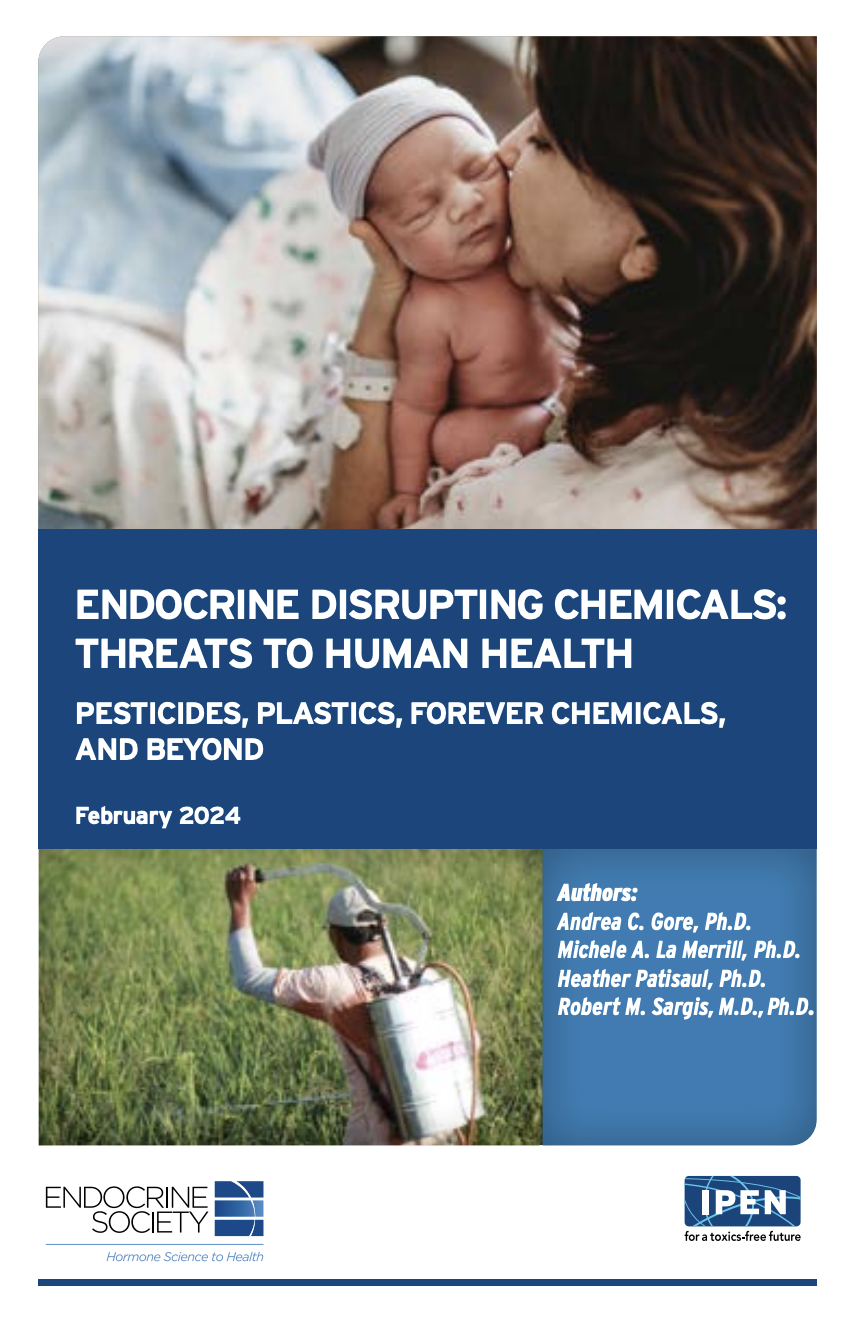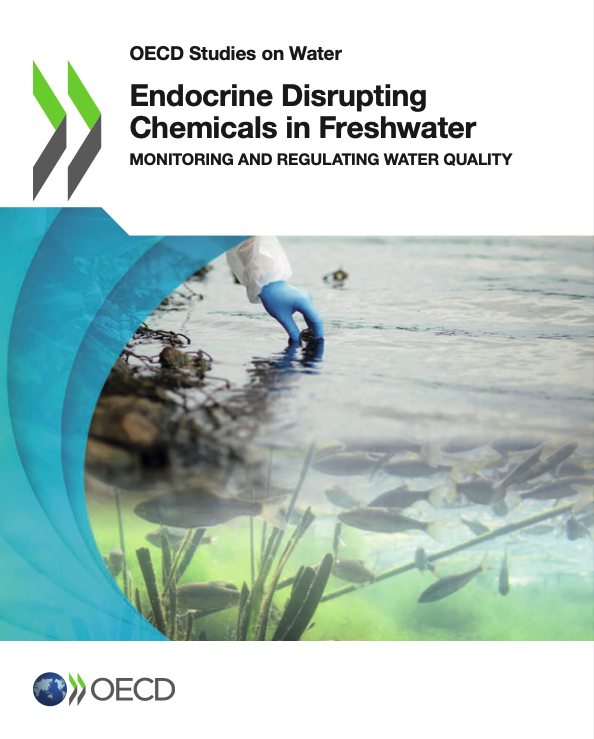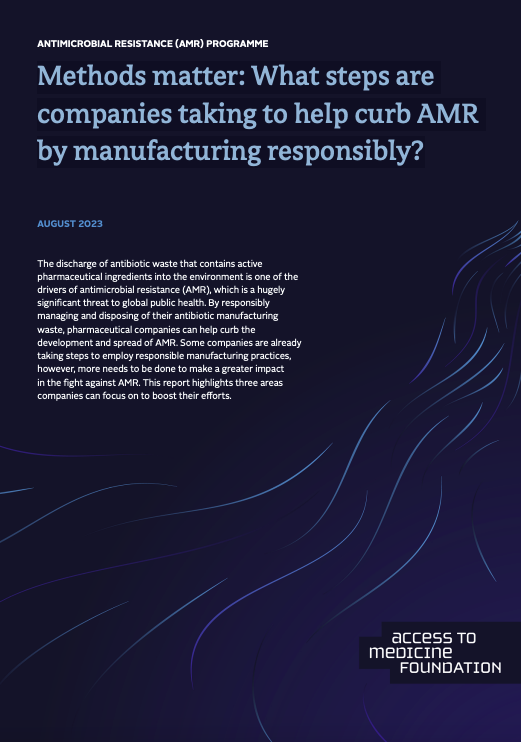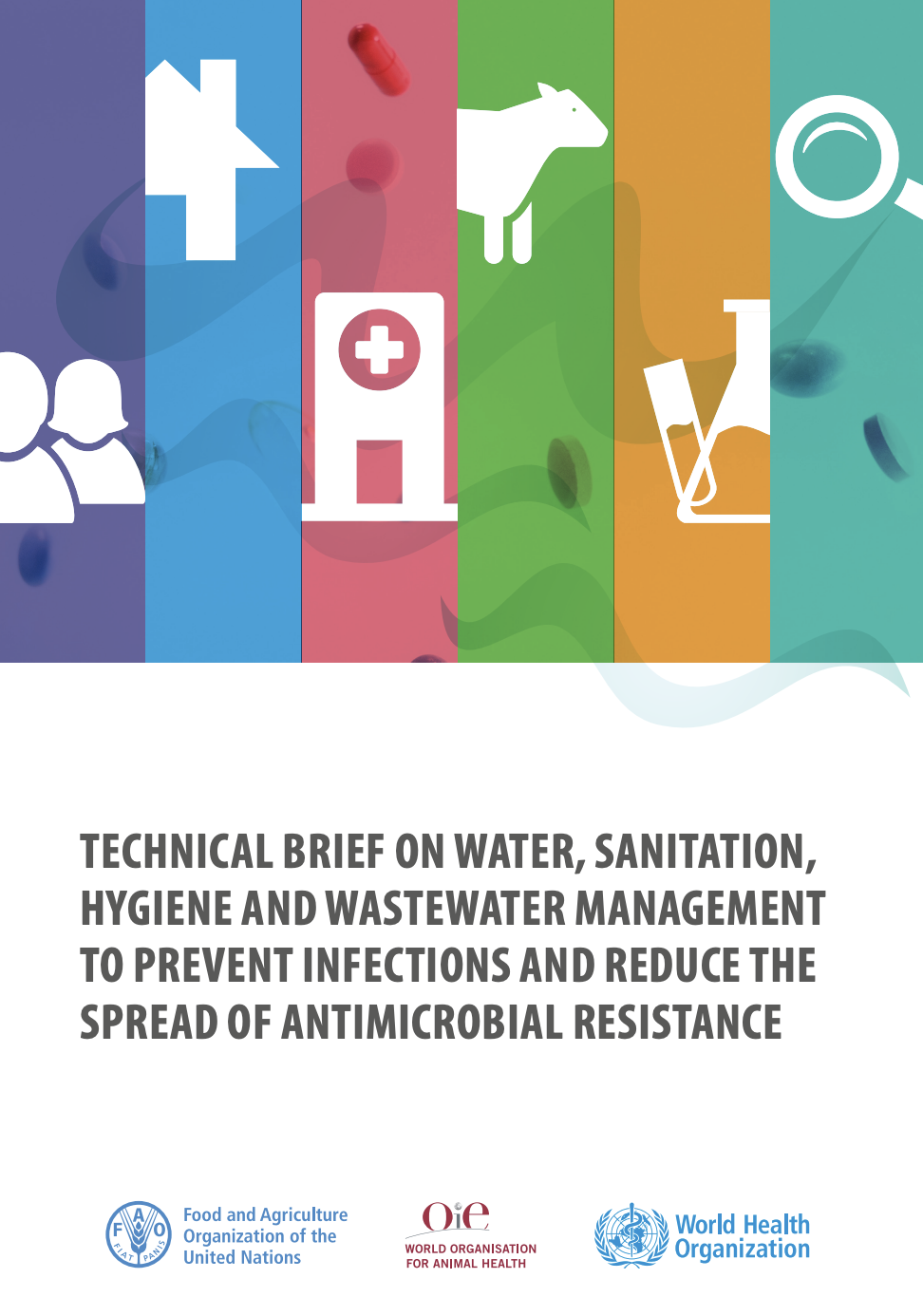Pharmaceuticals, Endocrine-disrupting chemicals, and Antimicrobials
Description
Including pharmaceuticals; hormones and other endocrine-disrupting chemicals; and antimicrobials (antibiotics, antivirals, antifungals, and antiparasitics).
Share this Subissue on:LinkedIn
Resources
Why does AMR matter?
This short primer from the UN Environment Programme can help acquaint you with the concept of antimicrobial resistance and its growing impact on global society.
Forecasting the Fallout from AMR: Economic Impacts of Antimicrobial Resistance in Humans
This tool from the Centre for Global Development can help you to explore the potential impact of different interventions to combat antimicrobial resistance (AMR). Adjusting the controls in the left-hand sidebar allows you to visualise the economic and health impacts of AMR across different regions, income groups, and countries; compare the effectiveness of various interventions, such as developing new antibiotics and improving infection prevention and control; and understand the potential return on investment in combating AMR. This tool also features a comprehensive report with detailed analyses and methodology. This resource will be particularly beneficial to sustainability professionals that want to build a case for taking action on AMR.
Bracing for Superbugs: Strengthening environmental action in the One Health response to antimicrobial resistance
This report from UNEP can help you to understand how the environment plays a key role in the development, transmission, and spread of antimicrobial resistance (AMR). It unpacks the different - yet interconnected - aspects of the environmental dimensions of AMR and provides actionable evidence of the importance of the environment in the development, transmission, and spread of AMR. It explains that environmental dimensions of AMR are multifaceted and that the response rests on collaboration between sectors, and champions a concerted systems approach such as “One Health” for managing, preventing, and responding to AMR. One Health recognises that the health of people, animals, plants, and the environment are closely linked and interdependent. Against the backdrop of One Health, the report analyses three sectors and their value chains that are key drivers of AMR development and spread in the environment: pharmaceuticals and other chemicals, agriculture and food, and healthcare, together with pollutants from poor sanitation, sewage and waste effluent in municipal systems. The report synthesises current knowledge gaps, explains further work that needs to be done, and offers solutions to prevent and respond to AMR. This guide will be especially beneficial to risk, sustainability, and strategy professionals, and particularly those working in - or immediately adjacent to - the aforementioned sectors.
Antimicrobial Resistance
This fact sheet from the World Health Organisation (WHO) explains the present situation of antimicrobial resistance (AMR) globally; coordinated global action to address AMR; and the programmatic response to AMR in countries. This resource will be especially beneficial to senior leaders who want to quickly grow their understanding of the state of play of AMR.
Global Database for Tracking Antimicrobial Resistance (AMR) Country Self-Assessment Survey (TrACSS)
This global database can help you to trackthe progress of countries in addressing antimicrobial resistance. Jointly developed by the Quadripartite (FAO, UNEP, WHO and WOAH) and administered annually by the WHO, TrACSS monitors the implementation of multisectoral AMR national action plans. It features an interactive map with a range of topic layers, including human health, animal health, and food and agriculture. The database also features data comparisons and country profiles.
Endocrine Disrupting Chemicals: Threats to Human Health
This comprehensive report from the Endocrine Society, co-produced with the International Pollutants Elimination Network (IPEN), is an excellent resource for familiarising yourself with endocrine-disrupting chemicals (EDCs). It provides a comprehensive introduction to EDCs; explains the impacts of EDCs and the link to endocrine disease; explains the science of EDCs, as well as detailed update on the state of the science; and explains real world exposures to EDCs and key sources of exposure for humans, with emphasis on exposure to EDCs from four sources: plastics, pesticides, consumer products (including children’s products), and per-and polyfluoroalkyl substances (PFAS).
Endocrine Disrupting Chemicals in Freshwater: Monitoring and Regulating Water Quality
This report from the OECD can help you to better understand the environmental, human health, and economic impacts of endocrine-disrupting chemicals in freshwater. Endocrine disrupting chemicals (EDCs) are contaminants of emerging environmental and health concern that interfere with the endocrine system in humans and wildlife, producing adverse effects such as developmental, reproductive, neurological, and immune effects. The report explains the challenge and impacts of endocrine disruptors in freshwater; considers the role of science in this context, including traditional chemical and biological analysis and effect-based monitoring; highlights policy options to reduce and manage endocrine disruptors in freshwater; and documents case studies of such new monitoring methods and explores how they can benefit water quality regulation.
Methods matter: What steps are companies taking to help curb AMR by manufacturing responsibly?
The discharge of antibiotic waste that contains active pharmaceutical ingredients into the environment is a key driver of antimicrobial resistance (AMR). It explores the current state of play and highlights three actions that your company can take to manufacture responsibly, including employing effective methods to reduce AMR risks; promoting compliance with discharge limits across the supply chain; and transparently disclosing responsible manufacturing practices.
Technical Brief on Water, Sanitation, Hygiene, and Wastewater Management to Prevent Infections and Reduce the Spread of Antimicrobial Resistance
Although improvements in water sanitation and hygiene (WASH) and wastewater management in all sectors are critical elements of preventing infections and reducing the spread of antimicrobial resistance (AMR), WASH and wastewater management actors and improvement actions continue to be under-represented in AMR multi-stakeholder platforms and national action plans (NAPs). This technical brief from the WHO, the Food and Agriculture Organisation of the United Nations (FAO), and the World Organisation for Animal Health (OIE) provides a summary of evidence and rationale for WASH and wastewater actions within AMR NAPs and sector-specific policy to combat AMR. Evidence and actions are presented in the domains of six key action areas: coordination and leadership; households and communities; healthcare facilities; animal and plant production; manufacturing of antimicrobials; and surveillance and research. This resource will be especially beneficial for change agents that want to build their understanding (and the case) for supporting WASH- and wastewater management-related actions in the areas where they operate.








